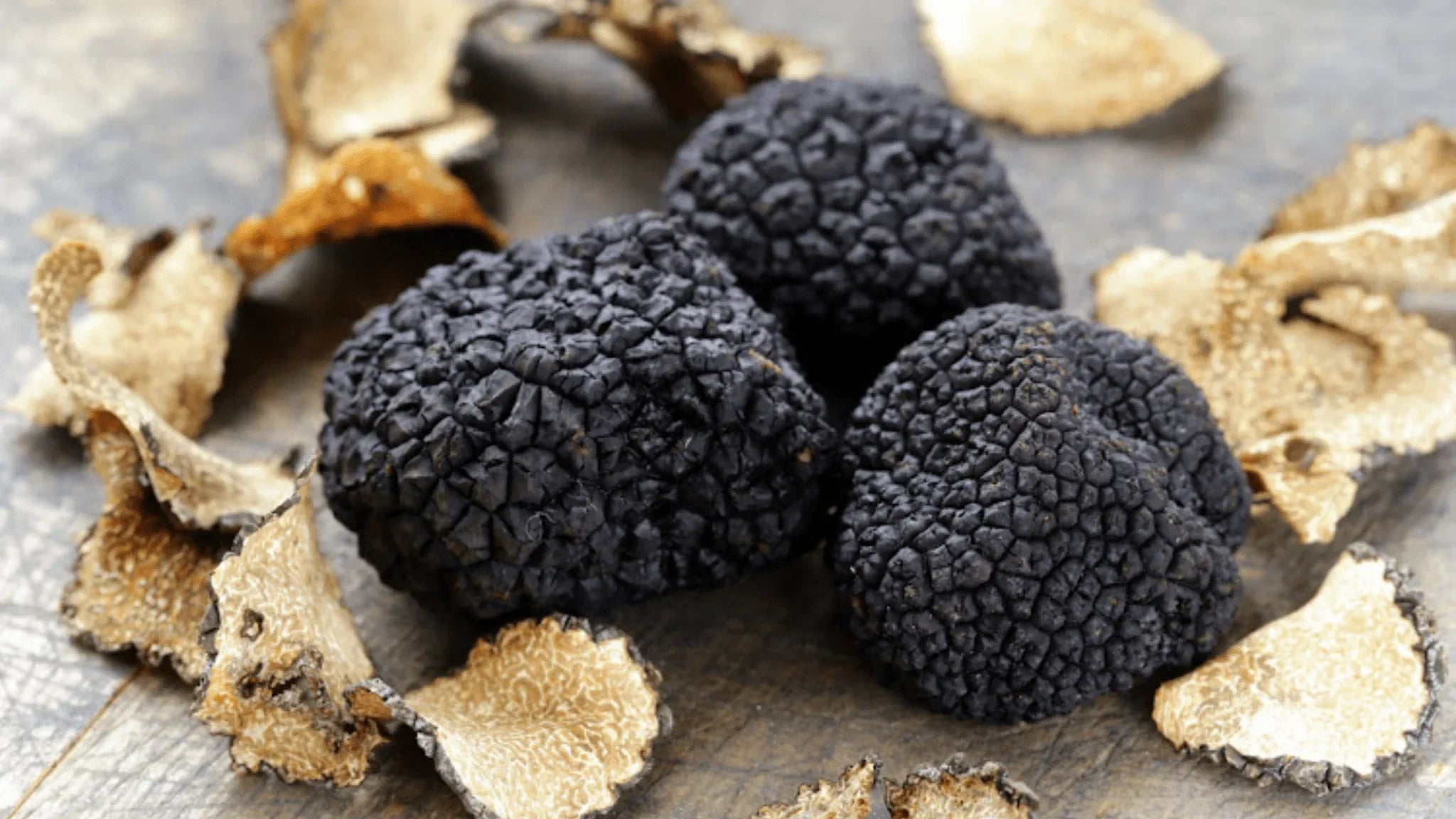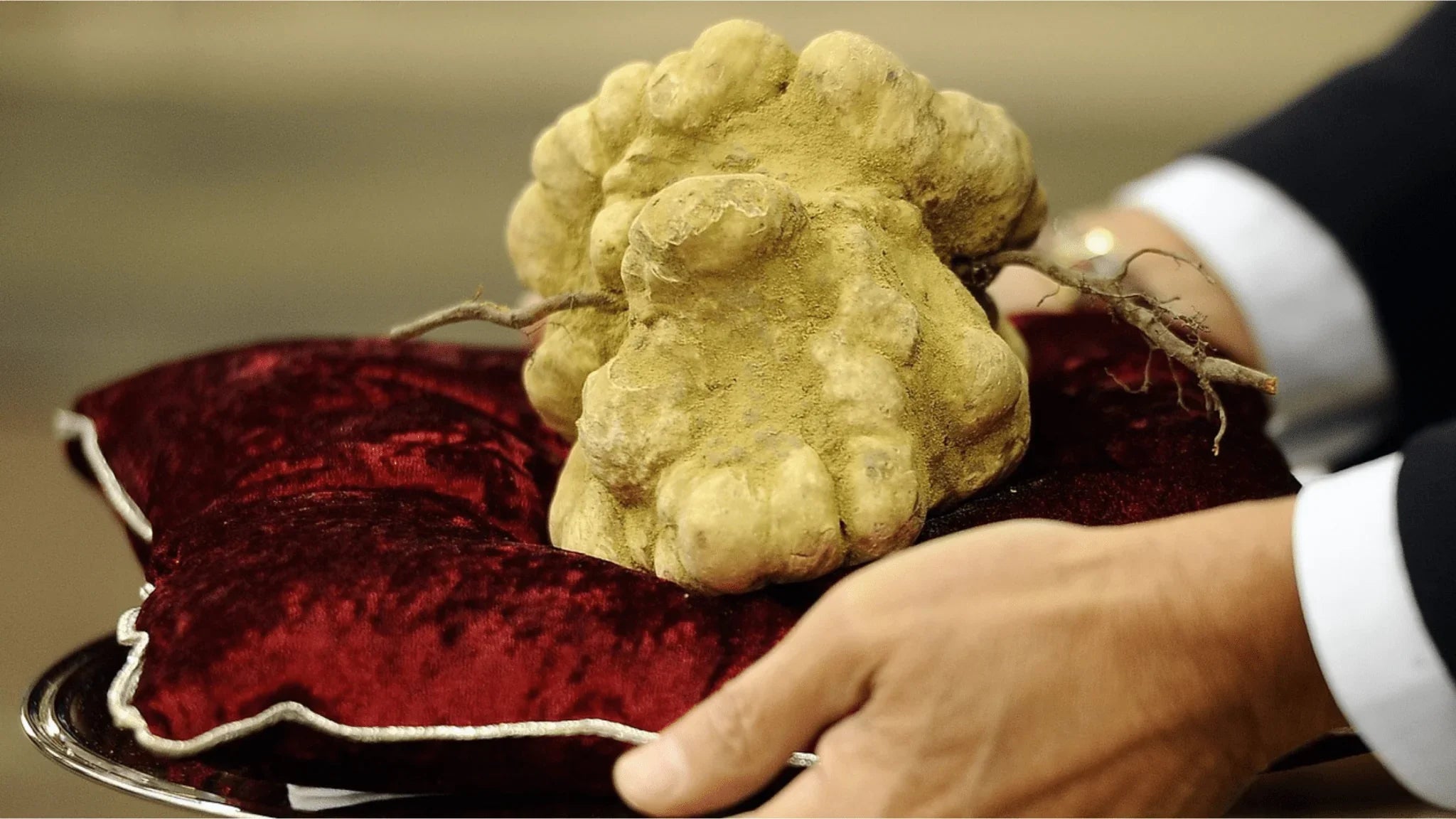
Where Are Truffles Found, and How Do They Grow?
Introduction to Truffles
Truffles, often referred to as the "diamonds of the kitchen," are a type of subterranean fungi celebrated for their unique aroma and flavor. These gourmet treasures have captivated chefs and food enthusiasts worldwide, making them one of the most sought-after ingredients in fine dining. But where exactly are truffles found, and how do they grow? Let's dive deep into the world of truffles to uncover these mysteries.
What Are Truffles?
Truffles are a type of fungi that grow underground in symbiotic relationships with the roots of certain trees. Unlike mushrooms, which typically have stems and caps and grow above ground, truffles are knobby, irregularly shaped, and resemble small potatoes. They are prized for their intense, earthy flavor and distinct aroma, which can transform even the simplest dish into a gourmet experience.
The Habitat of Truffles
Truffles are found in various parts of the world, but they thrive particularly well in specific regions due to the unique environmental conditions required for their growth. The primary truffle-producing regions include:
-
France: Known for its black truffles (Tuber melanosporum), particularly from the Périgord region. France also produces Burgundy truffles (Tuber aestivum) and white truffles (Tuber magnatum pico).
-
Italy: Famous for its white truffles (Tuber magnatum pico), especially those from the Piedmont region, including the towns of Alba and Asti. Italy also produces black truffles and summer truffles.
-
Spain: A significant producer of black truffles, particularly in the regions of Aragon and Catalonia.
-
United States: The Pacific Northwest, including Oregon and Washington, is known for producing black truffles and Oregon white truffles (Tuber oregonense).
-
Australia: A growing truffle-producing region, particularly known for its black truffles grown in Western Australia and Tasmania.
-
Other Regions: Truffles are also cultivated in other parts of Europe, such as Hungary, and in countries like New Zealand.
The Growth Process of Truffles
The growth of truffles is a complex and delicate process that depends on several factors, including the right tree species, soil conditions, and climate. Here's a step-by-step look at how truffles grow:
-
Symbiotic Relationship: Truffles form a symbiotic (mutually beneficial) relationship with the roots of specific trees, such as oak, hazelnut, poplar, and beech. The truffle fungi attach themselves to the tree roots, exchanging nutrients.
-
Spore Development: Truffles begin their life cycle as spores. These spores germinate in the soil, where they establish a mycorrhizal relationship with the tree roots.
-
Nutrient Exchange: The truffle fungi help the host tree absorb water and essential nutrients from the soil, such as phosphorus. In return, the tree provides the truffles with carbohydrates produced through photosynthesis.
-
Maturation: It takes several years for truffles to mature fully. The growth period can range from 5 to 10 years, depending on the truffle species and environmental conditions.
-
Fruiting Bodies: Once mature, truffles develop fruiting bodies that remain underground. These fruiting bodies are what we harvest and consume. They emit a strong aroma that attracts animals, which help disperse the spores.
Truffle Hunting and Harvesting
Truffles are notoriously difficult to find because they grow underground. Historically, pigs were used to sniff out truffles due to their keen sense of smell. However, pigs often eat the truffles they find, so today, specially trained dogs are the preferred truffle hunters.
Truffle Dogs: Breeds such as the Lagotto Romagnolo are specifically trained to locate truffles. These dogs are trained to recognize the unique scent of mature truffles and can pinpoint their location with remarkable accuracy.
Harvesting: Once a truffle is located, it is carefully dug up by hand to avoid damaging the delicate fungi. The truffles are then cleaned and prepared for sale or culinary use.
Environmental Factors Influencing Truffle Growth
Several environmental factors influence the growth and quality of truffles:
-
Soil Composition: Truffles prefer well-drained, alkaline soils with a high limestone content. The soil must be loose enough to allow the truffles to expand as they grow.
-
Climate: Truffles thrive in regions with distinct seasons, including hot summers and cold winters. Adequate rainfall is also essential, as truffles require moist conditions to develop.
-
Tree Species: Different truffle species have preferences for certain tree hosts. For example, black truffles often associate with oak and hazelnut trees, while white truffles favor oak and poplar trees.
-
Human Intervention: In some regions, truffle cultivation involves planting truffle-inoculated saplings. These young trees are treated with truffle spores to encourage the formation of mycorrhizal relationships, increasing the likelihood of truffle production.
Conclusion
Truffles are a culinary treasure with a complex and fascinating growth process. Found primarily in Europe but increasingly in other parts of the world, these subterranean fungi rely on specific environmental conditions and symbiotic relationships with trees to thrive. The intricate process of truffle growth, combined with their rarity and unique flavor, makes them one of the most coveted ingredients in the culinary world. Whether you're a seasoned truffle enthusiast or a curious foodie, understanding where truffles come from and how they grow adds a new layer of appreciation for these gourmet delights.



Leave a comment
This site is protected by hCaptcha and the hCaptcha Privacy Policy and Terms of Service apply.